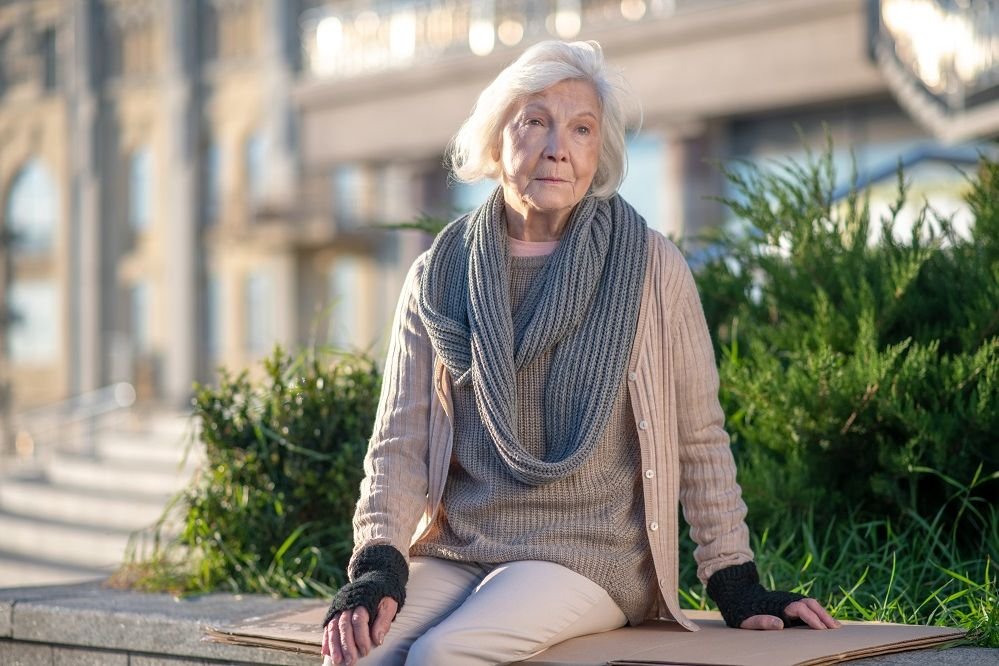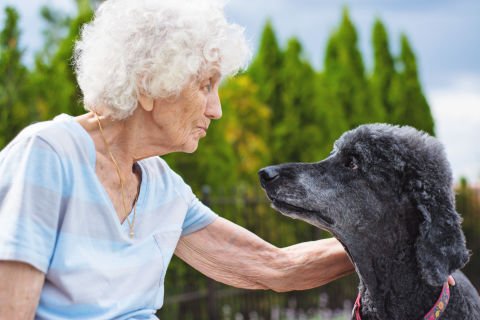Seniors left out in the cold – here’s how to help
As rents rise and the cost of living eats into incomes, here’s a plan to end homelessness.

It’s estimated one in six people aged 55+are currently homeless, which is described as having an unstable or inadequate housing situation.
The 2016 Census found that older people made up 16 per cent of all people experiencing homelessness.
The federal government has initiatives that ensure older people are protected and not left without accommodation or somewhere to live.
People who are eligible include:
Older people aged 50 years or older and are prematurely ageing.
Aboriginal and Torres Strait Islander people aged 45 years and older.
Those on a low income.
One type of free government support includes accessing aged care services earlier or being assisted when finding accommodation. The person must be experiencing homelessness or at risk of homelessness to access aged care services earlier, which will help them find suitable accommodation and support.
For those needing aged care services, like a nursing home, the government can assist with appropriate placement in a facility, including one service which specialises in care for homeless people.
For those who are still mobile and independent and don’t need full-time care but need stable accommodation, there are services available through the Commonwealth Home Support Programme (CHSP).
For people in need, the government and providers will help link to additional services.
You can find out more on the My Aged Care website or call 1800 200 422.
People with very low incomes can access state or territory public housing.
Those accessing this service will likely need to pay rent at a reduced rate, and there are other rules and regulations to follow.
Additionally, each state and territory has individual charitable services that provide support, housing and information services to people experiencing homelessness. If you need assistance or services, contact your local homelessness service.
Other helpful services for each State and Territory can be found on the Homelessness Australia website.
Key facts in the Homelessness Australia To End Homelessness report:
Since June 2021, rents in Australia have increased 13.2 per cent, with rents in some locations increasing more than 25 per cent in a year.
In 2020-21, 109,207 people came to homeless services needing long-term housing.
This housing was only provided to 3.4 per cent of those needing a home. More than 76,000 people missed out on the housing they needed.
In 2020-21, 77,943 people needing homelessness help were turned away by services that didn’t have the staff or other resources to respond.
In 2020-21, 41,652 young people presented alone to homeless services: more than one in seven of all homeless clients.
When income support was increased In June 2020, homelessness numbers dropped, and rent stress among households receiving Commonwealth Rent Assistance fell from 40.5 per cent to 29.4 per cent. Rent stress was avoided for more than 155,000 households.
First Nations Australians are 9.4 times more likely to be without a home than other Australians.
In 2020-21, Aboriginal and Torres Strait Islander Australians represented three per cent of the Australian population but 28 per cent of specialist homelessness service users.
A new report on homelessness has outlined how Australia can end homelessness within a decade if the government acts now.
A plan by Homelessness Australia, To End Homelessness, sets out these actions:
Halve the number of households experiencing rental stress by 2027 and end rental stress by 2032;
End homelessness for women, children and young people;
End homelessness for Aboriginal and Torres Strait Islander Australians;
Halve the numbers of people returning to homeless services by 2027, and halve the numbers again by 2032.
The report says homelessness can be solved by providing more safe and affordable housing, ensuring people’s incomes allow them to afford housing and other essentials, and providing support where needed for people to get into and sustain a home.
Key recommendations in the report include:
Building 25,000 social housing properties a year.
Providing a housing guarantee to women and children fleeing family violence.
Providing homes and support to people who have been homeless multiple times to help them stay housed.
Providing young people who can’t live at home with the support they need to succeed.
Increasing JobSeeker to at least $70 a day and boosting Commonwealth Rental Assistance by 50 per cent.
Homelessness Australia Chair, Jenny Smith, said, “We don’t have to take homelessness for granted – we can end it within a decade.”
She said housing was at the forefront of Australia’s cost-of-living crisis, pushing more people into homelessness.
“Rents are skyrocketing while we have a social housing shortfall of 433,000 properties.
“While the situation is dire, the challenge is not insurmountable. That’s why we’re releasing a plan to cut rental stress in half within five years and end it for good by 2032,” she said.
For further reading: Aged Care Guide and Homelessness Australia








